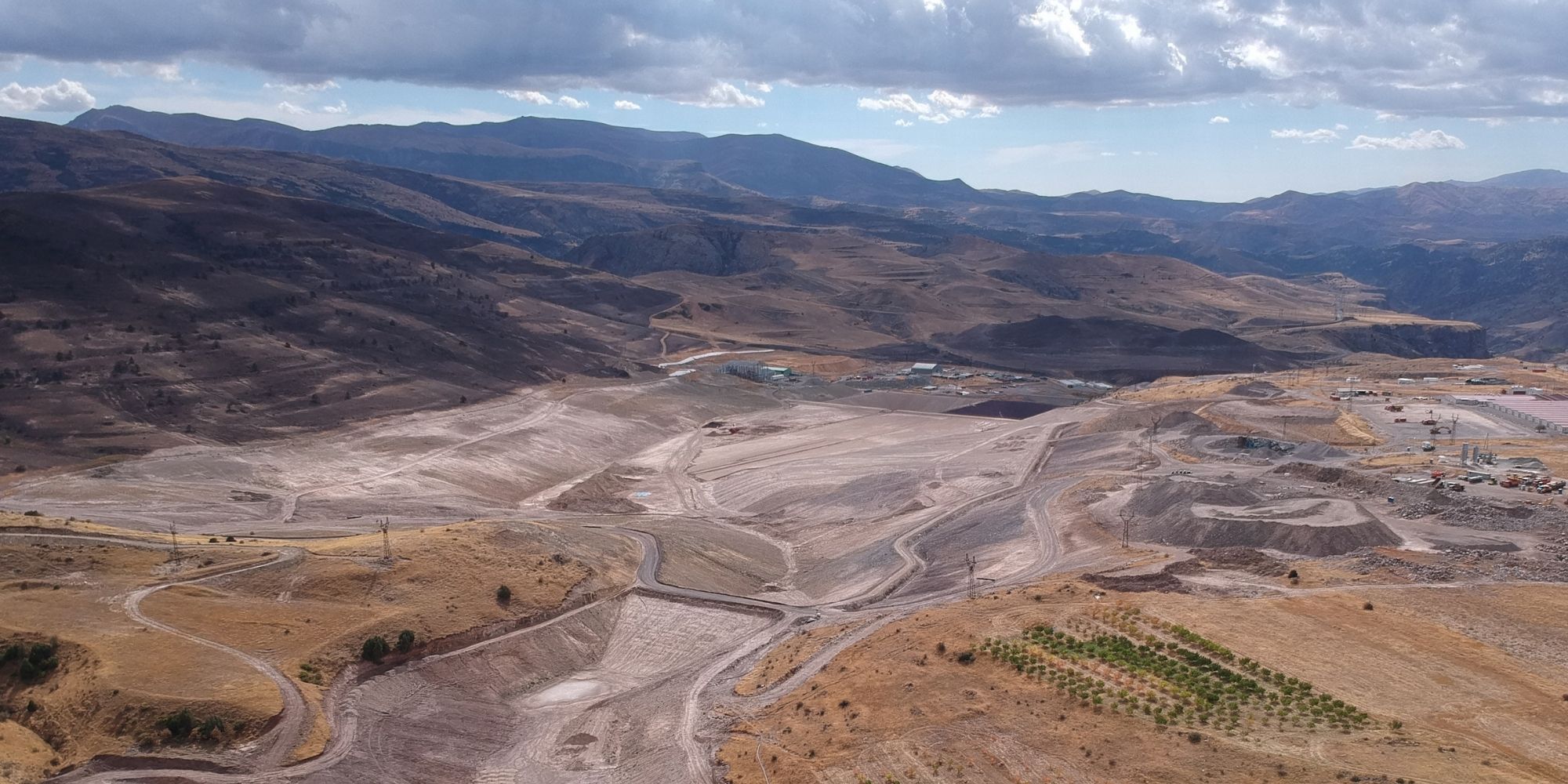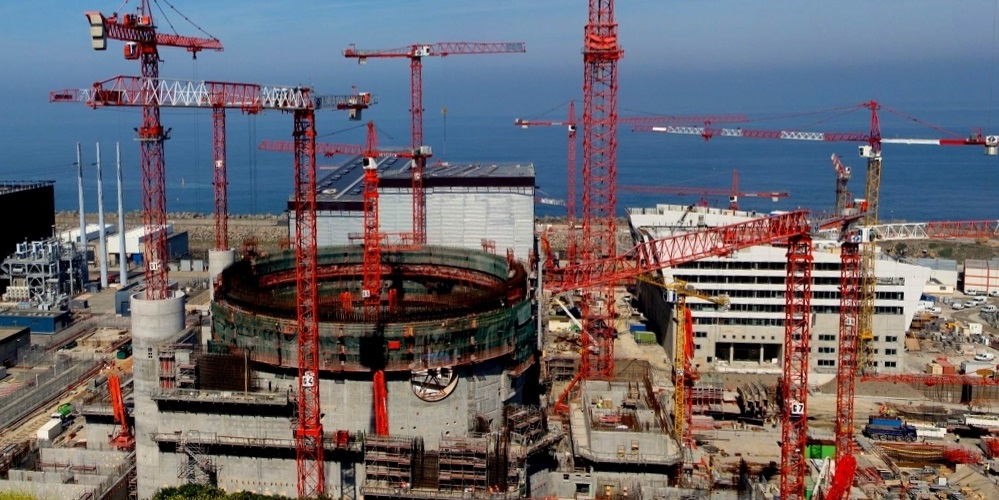Whether in Europe or beyond, public money must not become an auxiliary for human rights violations or the marginalisation of affected communities.
We expose cases where development banks fail to protect those impacted by their projects.
We advocate for participation and consultation processes that are not pro-forma exercises, but a tool to ensure people’s well-being.
We run a helpdesk where activists and communities can get advice on how to challenge controversial projects being considered for funding by development banks.
Close to frontline communities
We’re in direct contact with affected communities and provide updates from their struggles.
Image (c) Rosa Vroom
IN FOCUS
The Reconstruction of Ukraine
The scale of destruction caused by Russia’s aggression against Ukraine has been staggering. To repair the damage, joint efforts to coordinate donations and properly plan Ukraine’s reconstruction must start as soon as possible.
A successful reconstruction of Ukraine cannot happen without involvement of the Ukrainian people. That’s why we’re calling on international donors to ensure that the financial structures to help impacted communities are put in place and that civil society groups have a say in this process.
We believe that Ukraine and the international community have a unique opportunity to modernise the country while addressing people’s needs and long-term sustainability.
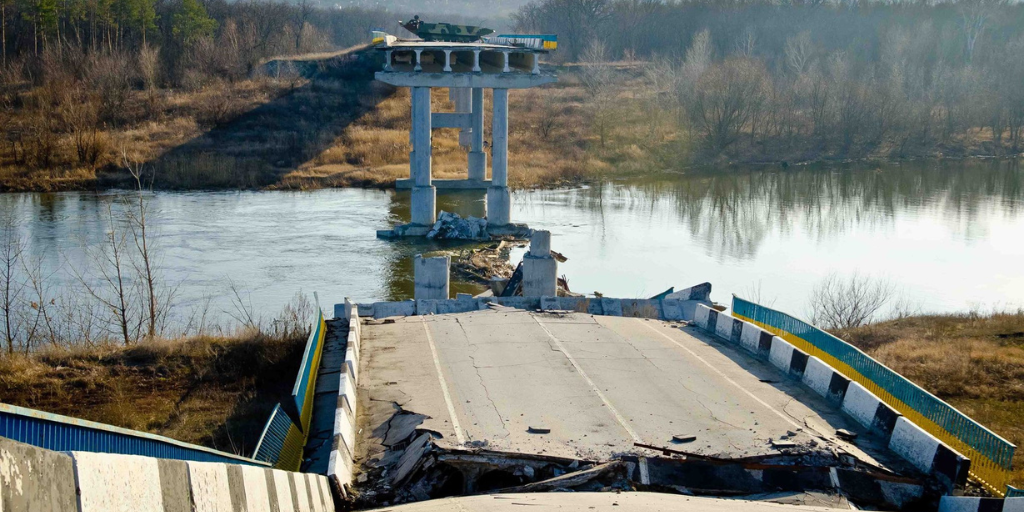
Amulsar gold mine, Armenia
The controversial Amulsar gold mine near the touristic spa town of Jermuk was supported by the EBRD equity investments, but blocked by locals after the velvet revolution in 2018. In spite of a number of legal threats and intimidation by the company, the blockade continued till the eruption of military conflict overNagorno Karabakh (Artsakh) at the end of 2020.
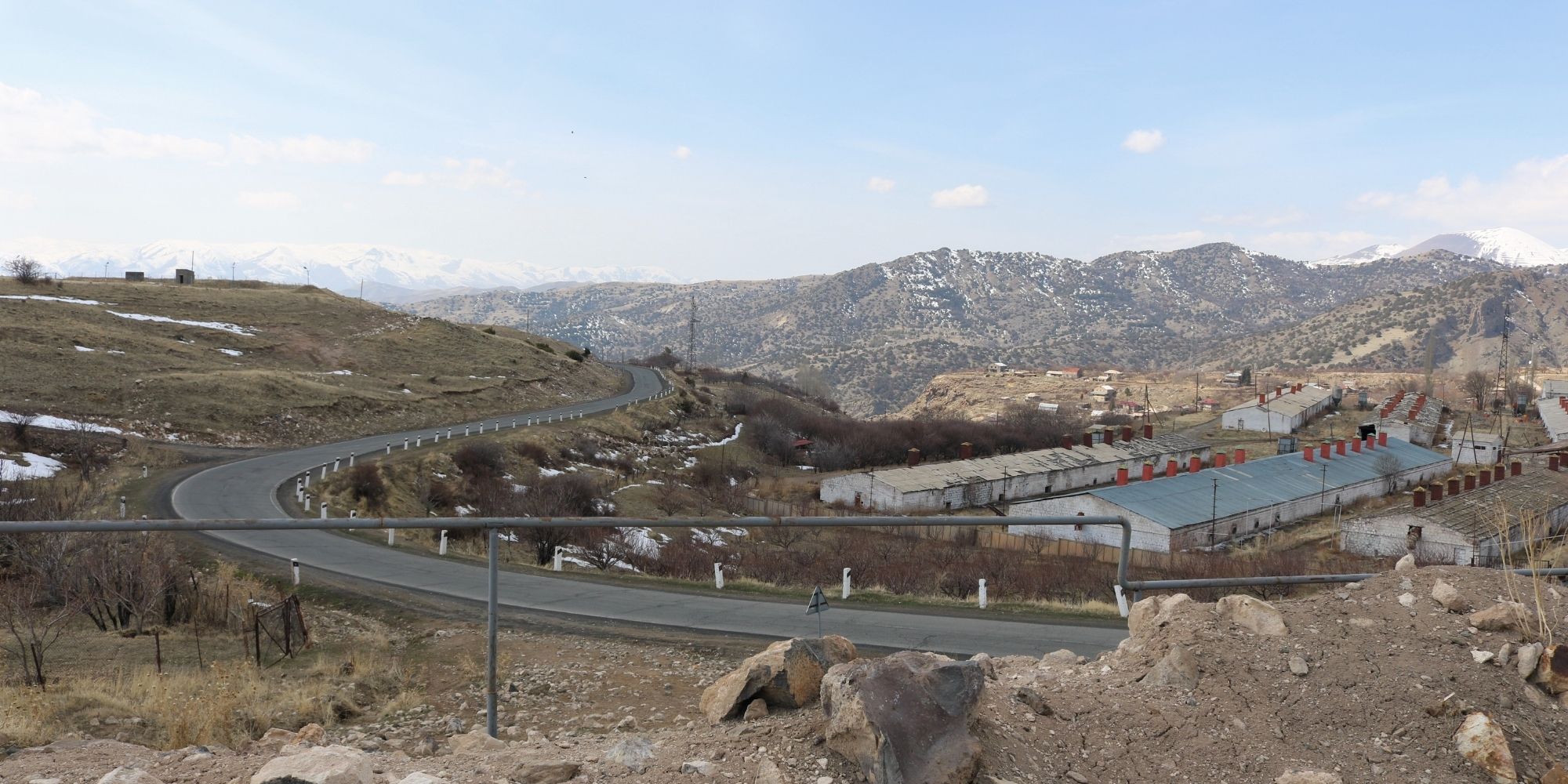
Myronivsky Hliboproduct (MHP), Ukraine
The leading Ukrainian agribusiness giant has been enjoying generous support in public funds and national subsidies. With over half a billion euros from the EBRD, EIB and the IFC, Myronivsky Hliboproduct PJSC (MHP) has grown into a near monopolist in poultry production. While MHP’s vertically integrated model has contributed to its status as a leading Ukrainian agribusiness, the scale and nature of its business have also contributed to mounting concerns about its social and environmental impacts. These concerns are compounded by patterns of poor community consultation and a lack of information provided about MHP’s operations, leaving project-affected people guessing about the true impacts of its operations.
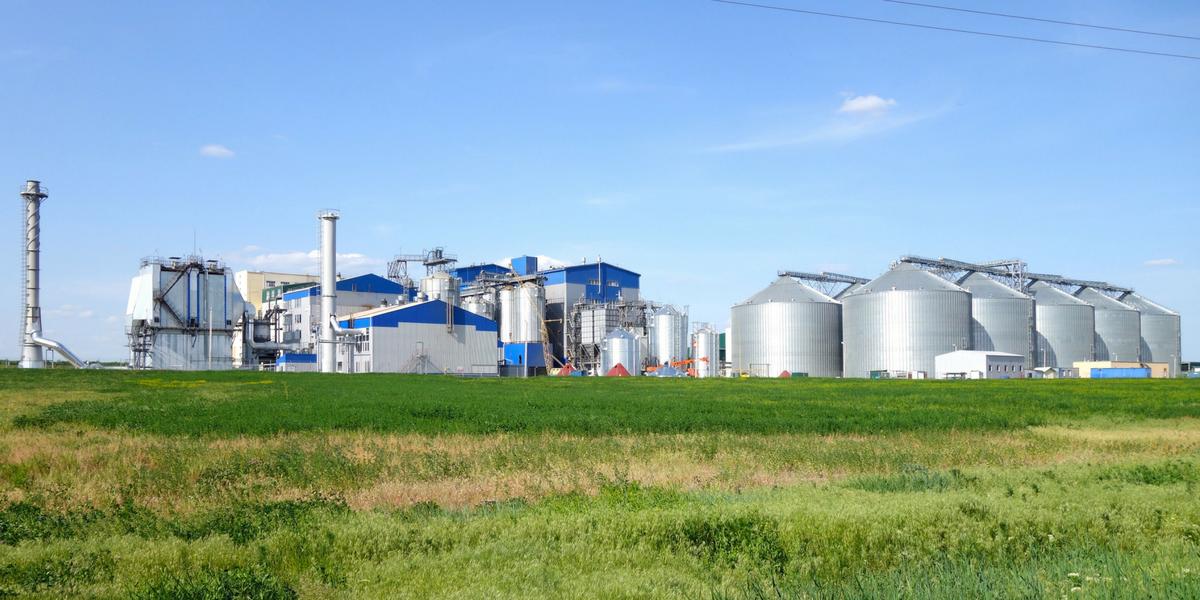
Corridor Vc motorway, Bosnia and Herzegovina
The Bosnian section of the international Corridor Vc is planned to run for 330 km through Bosnia and Herzegovina. Concerns about environmental impacts and threats to cultural heritage were raised by local people and cultural figures. The public discussions about the project have led to a series of scandals and a deadlock of the motorway’s development.
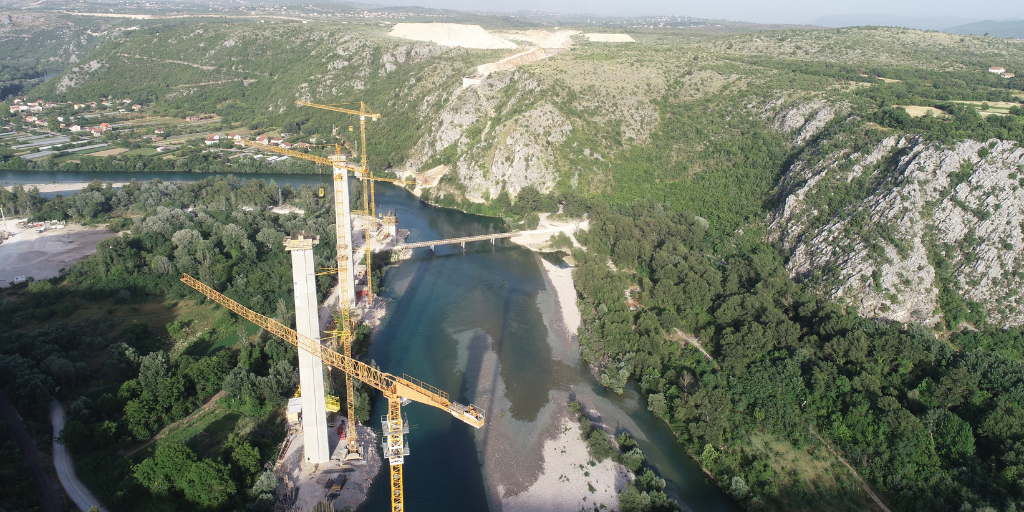
Our past projects
ARCHIVED: Minerals mining and supply chains
Global demand for minerals and other critical raw materials is intensified by the just transition to renewable energy and the digital transformation agenda. Therefore sustainable supply chains of minerals are fundamental to addressing the climate crisis and the Covid-19 crisis that humanity is facing today. The European Union needs to innovate and find solutions to achieve its circular economy and resource use reduction objectives and to meet the demand of EU’s industry and consumers, while still protecting communities and nature threatened by mining.
ARCHIVED: Export Credit Agencies (ECAs)
With many billions of dollars at their disposal, export credit agency finance far outpaces that of development banks and yet avoids the same public scrutiny. Most money flows into large infrastructure projects in politically-volatile countries that oft
ARCHIVED: Kresna gorge / Struma motorway, Bulgaria
The Struma motorway is tragically emblematic of an EU-funded project that has wrought havoc on European biodiversity and the wishes of local communities. In spite of two decades of protest by civil society and citizens, part of the Struma motorway section is planned directly through the Kresna gorge, a Natura 2000 site and Bulgaria’s richest biodiversity hotspot.
Latest news
Global civil society coalition demands G7 leaders to prioritise support for Ukraine at upcoming meeting
Press release | 16 April, 2024As the 2024 G7 Foreign Affairs Ministerial approaches on April 17-19 in Capri, Italy, a coalition of leading organisations is calling on G7 nations to demonstrate unwavering support for Ukraine by taking concrete actions to address the country’s critical energy issues.
Read moreNew report: EU must act to prevent needless environmental and social damage by Corridor Vc motorway in Bosnia and Herzegovina
Press release | 5 April, 2024The European Commission and EU public banks must press for a revision of the Corridor Vc motorway route near Mostar in Bosnia and Herzegovina (BiH) if excessive environmental and social harm is to be avoided, finds a CEE Bankwatch Network report published today. (1)
Read moreMostar locals continue to resist Corridor Vc routing amid new tunnel loan talks
Press release | 19 March, 2024On 11-13 March a Bankwatch team visited Mostar and the nearby villages of Kosor, Ortiješ and Malo Polje. The team met with more than 25 landowners from the three villages, visited vineyards in Ortiješ, nearby construction sites on the Corridor Vc, and the Podveležje ridge. They discussed with local people the developments in the valley, ongoing legal action and the results of complaints at the EBRD’s accountability mechanism.
Read moreRelated publications
Letter to EBRD requesting evaluation of K2R4 safety modernisation before considering new loan to Ukraine’s nuclear energy sector
Advocacy letter | 1 June, 2012 | Download PDFDue to a number of so far unfulfilled project measures in an EBRD financed safety modernisation project in Ukraine (K2/R4 post start-up safety modernisation programme), Bankwatch has asked the EBRD’s Chief Evaluator for a thorough evaluation before further loans for Ukraine’s nuclear energy company Energoatom are being considered.
Revealed: EBRD climate crimes rising
Bankwatch Mail | 17 May, 2012 |EBRD efforts to clean up its energy lending in central and eastern Europe are being undermined by extensive fossil fuel investments, with astonishing increases in the EBRD’s backing for coal and oil projects in 2011.
EU nuclear grab looms large in Ukraine
Bankwatch Mail | 14 May, 2012 |Earlier this year at the World Economic Forum in Davos, Ukraine’s president Victor Yanukovych met Thomas Mirow, the EBRD president, with Yanukovych deeming the ongoing cooperation between Ukraine and the bank to be “excellent”. Other than this being a diplomatic pleasantry, when it comes to energy infrastructure projects Ukraine certainly appears to have done very well out of the EBRD: since 2005 the EBRD has committed more than half a billion euros for these projects in Ukraine, in particular for the upgrade and construction of high-voltage transmission lines. Yet the experience for all concerned – including local communities – has been far from excellent, and concerns are mounting that further grid expansion plans could be storing up yet more problems.
